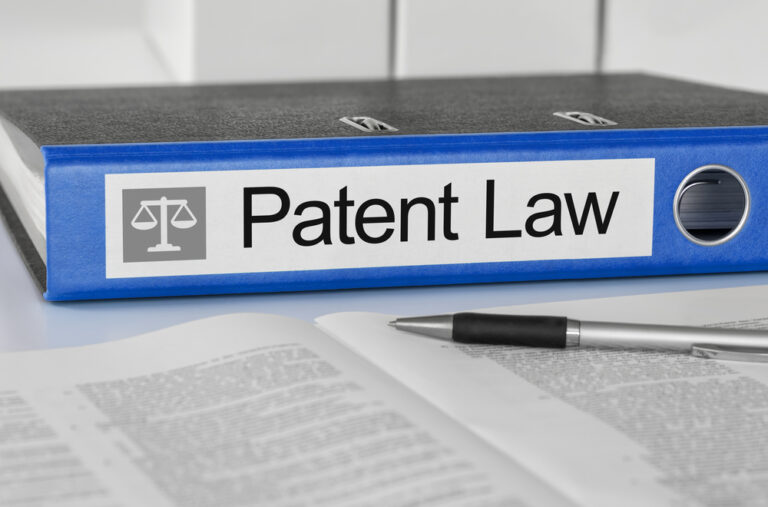After spending years developing and patenting an invention, it’s frustrating to think you could lose your patent protections in a few short years. At the same time, it’s crucial to understand the duration of patent protections so you can maintain your rights as long as possible and plan for the future of your business.
The New York and New Jersey patent attorneys at Gearhart Law want you to have all the information you need to protect your innovative ideas and succeed in the cutthroat business world. This blog explains how long patent protections typically last, how to maximize the life of your patent, and outlines potential business strategies you could use if your patent is about to expire.
The Typical Duration of Patents

Inventors can protect their creations with three main types of patents: utility patents, design patents, and plant patents. Each type has its own duration, tailored to the nature of the invention it covers.
Utility patents are the most common type of patents. They protect a wide range of inventions, including new processes, machines, manufactures, or compositions of matter. Utility patents also protect improvements to existing inventions. Once granted, a utility patent provides protection for 20 years from the date you first filed the non-provisional patent application. However, it’s vital to keep up with maintenance fees to keep your patent in force throughout the patent’s life.
Plant patents protect newly invented or discovered plant varieties. These patents last for twenty years. When the patent expires, the patented material is in the public domain and can be used by anyone.
Design patents concern the unique visual qualities of a manufactured item. Think of a bottle’s distinctive shape or a sneaker’s sleek design. These patents pertain to an item’s appearance, not its function. If you hold a design patent, your protection lasts for 15 years from the date the patent is granted. Furthermore, you don’t have to worry about maintenance fees for design patents.
Can You Extend a Patent’s Duration?
It’s possible to extend a patent’s duration under certain conditions. Extensions are primarily available for patents affected by regulatory delays, particularly in the pharmaceutical and biotech sectors. A patent can be extended for up to five years to compensate for the time lost during the FDA approval process. However, the total patent term, including the extension, cannot exceed 14 years from the date of FDA approval. To apply for an extension, the patent holder must file within 60 days of receiving regulatory approval. The patent term can also be extended due to delays at the US Patent Office.
Older inventions can also be further protected by filing follow-on patents for improvements made to the underlying technology, effectively extending the technology protection.
Potential Strategies If Your Patent Will Soon Expire
As your patent’s expiration date approaches, it’s natural to consider ways to continue leveraging your intellectual property. Here are some strategic steps you might take:
- File for improvement patents: Even if your original patent expires, you can apply for new patents on improvements or modifications to your original invention. A new patent doesn’t extend the original patent, but it can protect the new aspects or enhancements you’ve developed to maintain your competitive edge.
- Explore design patents: If your invention has unique aesthetic features, consider applying for a design patent. These protect the appearance of your product and can provide additional layers of protection.
- Utilize trade secrets: Some aspects of your invention might be kept as trade secrets. This approach is particularly useful for processes or parts of your invention that are not easily discoverable or reverse-engineered.
- Licensing: If possible, consider negotiating licensing agreements that extend beyond the life of your patent. Licensing deals can provide ongoing revenue streams even after patent protection ends.
- Market positioning: Strengthen your market presence through branding and trademarks. A strong brand can offer a competitive advantage that lasts well beyond the life of a patent.
How Our New York and New Jersey Patent Lawyers Can Help You
The experienced and knowledgeable patent lawyers at Gearhart Law can help you make the most of your unique ideas and designs. From applying for an initial patent and filing for improvement patents to negotiating licensing agreements and protecting you against patent infringement, we can protect your rights and interests. Call Gearhart Law today or complete our contact form for a consultation.


